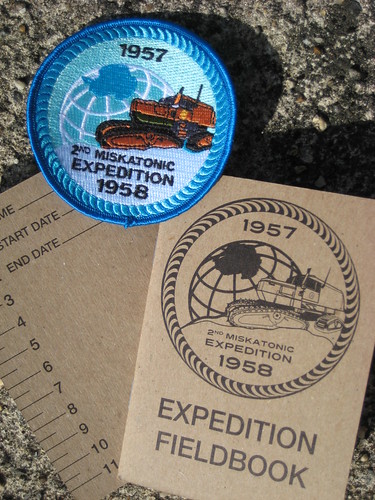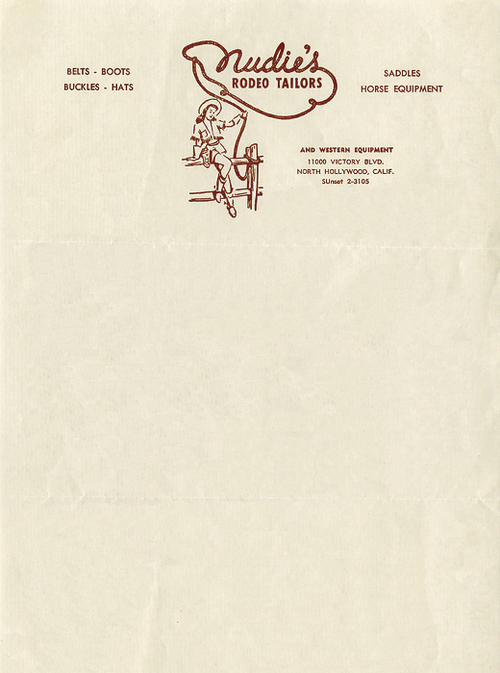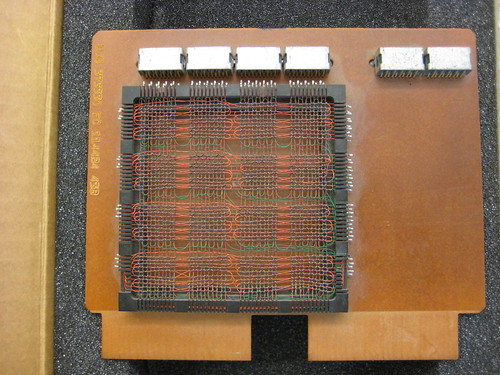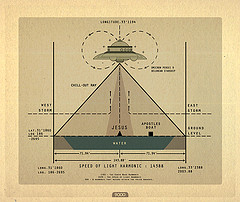I was at the Clipper Home in Portsmouth recently, interviewing a man who had worked on Goat Island in the Fifties. SL can be lucid; he also has periods of fantasy (according to his family – I’m not so sure). In the course of our conversation, he mentioned that he had a box of papers and office effects from his time at the ‘Bin’. I tried not to get too excited, but he must have seen that I was interested because he offered the box to me on the spot. By happy coincidence, the daughter whose attic the box was stored in was in the room with us – the family likes to make sure there’s a chaperon whenever SL talks to anyone who’s not family or nursing home staff. Even more surprising, the daughter was also willing to give me the box – once my chat with SL was over, I followed the daughter back to her house and we retrieved the box. *
I’ve been helping a small group of local historians set up a web site; they want to get the material they’re gathering and their analysis of it out for all to see. They are focusing their attention on Goat Island out in Little Bay, and especially the Miskatonic University facilities that were there from 1931 until 1962. Last week the head honcho, Mo Labrie, came into possession of some field notebooks and patches from the Second Miskatonic Antarctic Expedition (the ’57/’58 effort that was part of the IGY – not to be confused with the privately backed group that disappeared in 1938). He’s obviously saving some for the project archives, but he’s also asked me to try to sell some off – the Goat Island Project has been funding itself out of the historian’s pockets.
The patch – 3 1/4″ diameter.

*
The notebook – for size reference, that’s a metric rule on the back cover.
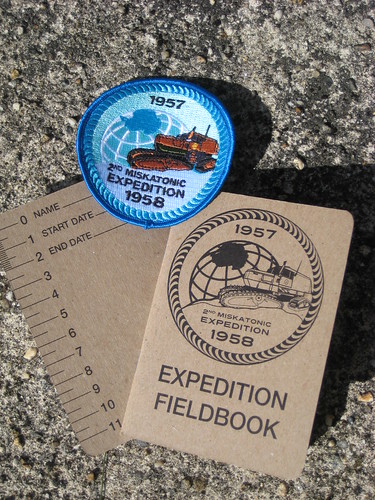
*
I’m going to keep this easy (I hope) and low-tech. We’re asking $6.50 each for patches and notebooks, plus $2.50 flat shipping for any reasonable number of items. If you want a piece of atomic age Misky history, email me at dr.hypercube-at-gmaildotcom with how many of what kind and I’ll send you back a PayPal invoice. You pay the invoice and hey, presto – off your items will go.



